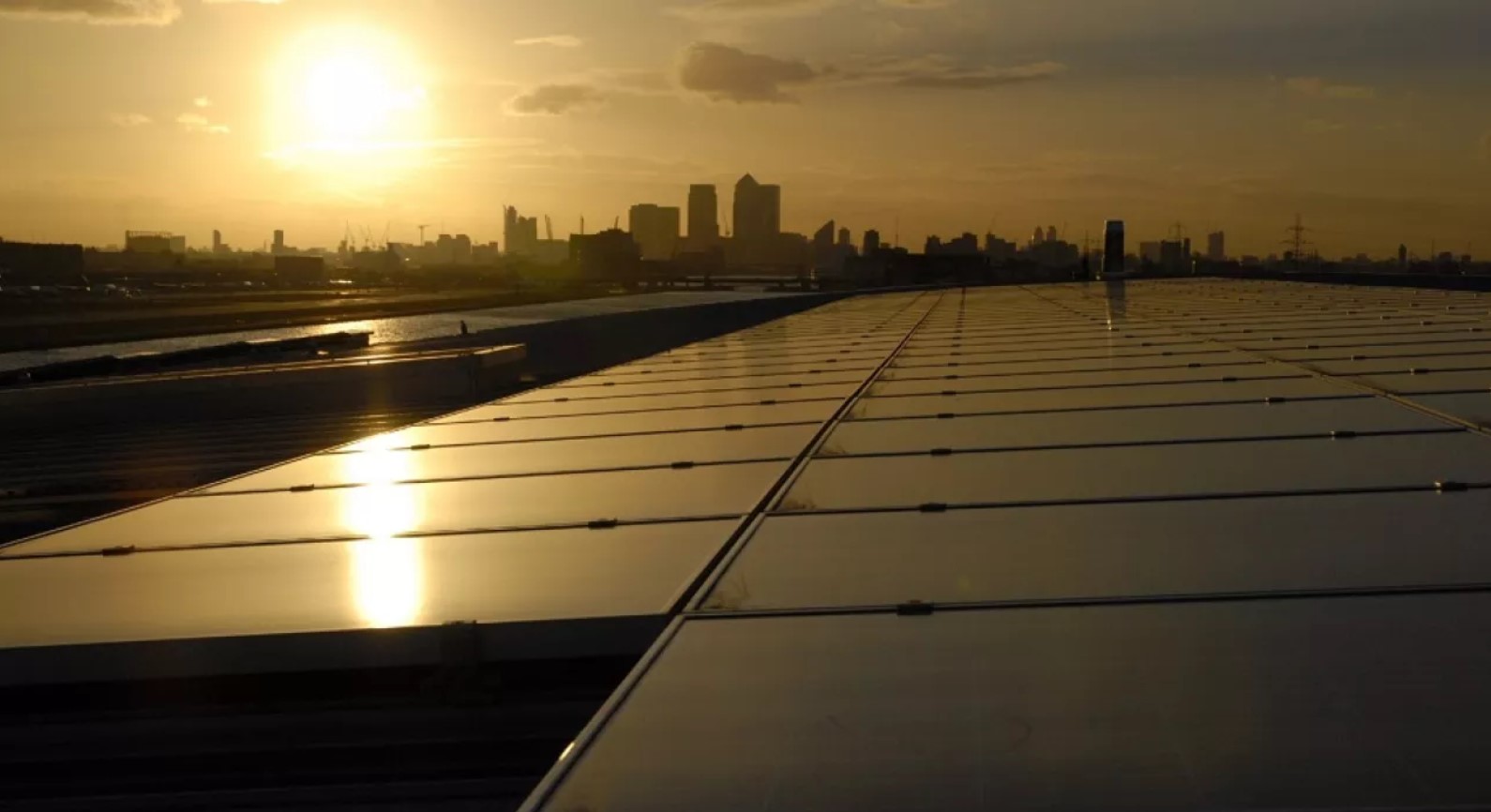First phase of new net zero strategy, developed in partnership with Siemens, puts UEL on course to achieve net zero by 2030.
The University of East London (UEL) has announced a 10% reduction in carbon emissions across campuses in London Docklands and Stratford, which comprise some 25,000 students. The reduction was seen in comparing figures for the baseline of 2020-21 with those for 2022-23.

Photo courtesy of UEL
Last year, UEL worked with technology company Siemens to develop a new strategy with the aim of achieving net zero by 2030 – and the new findings suggest UEL is well on course to deliver on this commitment.
The first phase of implementing the strategy saw the installation of LED lighting in all UEL buildings and the upgrade of all building management system controllers. This work means reducing the amount of energy consumed on site with a corresponding reduction in emissions produced.
Work is now under way on the second phase of the initiative, with Siemens installing further technology across UEL sites. These include some 2MW of photovoltaic (PV) solar panelling that is expected to generate some 1.2 GWh of zero-carbon electricity each year. UEL estimates that some 90% of the energy generated will be consumed on campus with the rest exported to the national grid.
In addition, this month 27 new electric chargepoints will go live at the university’s Docklands campus.
UEL is also working with Siemens to create a ‘Living Lab’ with the aim to embed sustainability across the university’s course curriculums and to provide real-time data on progress. This will enable students to develop skills needed in the green economy.
Simon Burgess, Head of Solutions in Energy Performance Services at Siemens in the UK and Ireland, says: ‘Our partnership with UEL will support the University in meeting its net zero targets, providing a structured roadmap to cut carbon emissions across both campuses. We’ve already made significant progress over the last 12 months and the next phase will focus on installing more new renewable energy assets on-site to support sustainable generation.
‘True partnership and collaboration are key to this success and that goes beyond decarbonisation. Achieving a net zero economy also depends on developing the right talent for the future and we’re making the data from our work available to students to inform their studies and equip them with the knowledge and skills they will need to thrive in the green economy.’
Professor Amanda Broderick, Vice Chancellor and President of University of East London, adds: ‘Our long-term partnership with Siemens is central to our commitment to becoming a national decarbonisation leader and providing a global blueprint for urban sustainability. We have already delivered significant carbon reduction savings and reduced both our emissions and energy consumption more than any other modern university in London, thanks to state-of-the-art energy generation technology.
‘And, importantly, our Living Lab will provide our students, researchers and local businesses an inclusive place to test, research and commercialise green technology in a real-world environment, with access to the latest developments in smart technology to empower our students to become sustainability leaders of the future.’
In related news:
















Leave a Reply